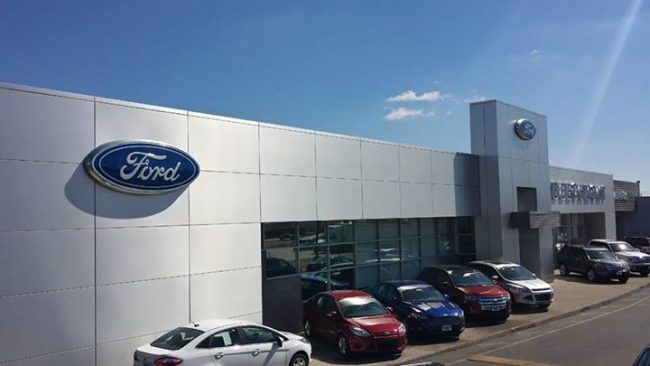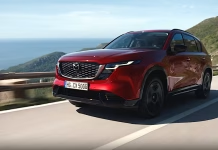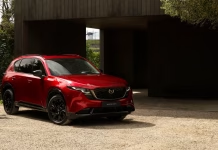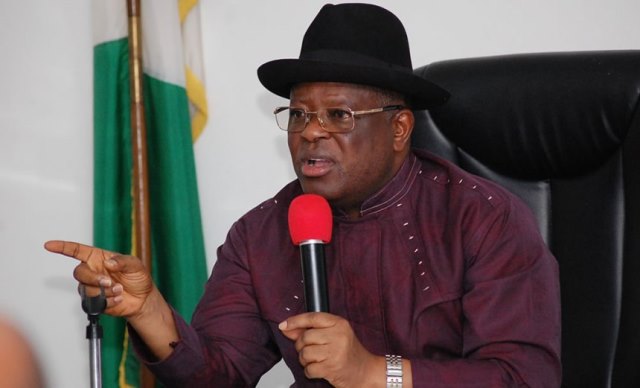Ford Motor Co. is pursuing another path with talking-car technology that could reduce road deaths, break up gridlock and even ease ordering at the McDonald’s drive-thru.
The automaker announced Monday that it’s outfitting all its new U.S. models starting in 2022 with cellular vehicle-to-everything technology. Known as C-V2X, the system will enable Ford’s cars to communicate with one another about road hazards, talk to stop lights to smooth traffic flow and pay the bill automatically while picking up fast food.
The move is controversial because U.S. regulators have yet to greenlight C-V2X, which will run on 5G, the fifth generation of cellular mobile communications. The government has spent hundreds of millions on competing Wi-Fi technology called dedicated short-range communications, or DSRC, which has been embraced by General Motors Co. and Toyota Motor Corp. Ford says it’s trying to accelerate adoption of C-V2X as the best solution for getting cars to talk to each other.
“Our hope is that this would spur others to potentially reassess and, in other cases, decide on this direction,” Don Butler, executive director of Ford’s connected-vehicle platform, said in an interview. “We’ve been looking at DSRC for a number of years along with Toyota, GM and Honda, so this is not a step that we take lightly in the sense of dismissing DSRC. But we think this is the right step to make given where we see the technology headed.”
Butler argues 5G — which is 10 times faster than current broadband technology — is the easiest and most elegant solution because telecom companies already are spending billions to upgrade cell towers and build roadside antennas to service existing cellular networks for smartphone users. DSRC, on the other hand, would require the government to spend billions to create new infrastructure.
For Ford, installing C-V2X technology in its vehicles would build on plans to outfit all new models by the end of this year with cellular modems. Researcher IHS Markit forecasts that by 2023, worldwide sales of connected vehicles will reach 72.5 million, representing more than two-thirds of all autos sold, up from 24 million in 2015.
Down the road, C-V2X could improve the vision of self-driving cars, giving the computer brain more information about the vehicle’s surroundings to make the drive much safer. Currently, robot cars are dependent on a suite of cameras, radar and light-reflecting lidar to make decisions on the best path to take.
C-V2X can transmit from vehicles obscured by buildings, tunnels or other traffic, as well as give a car information on the location of pedestrians whose cell phones would emit a signal as part of the network.
“We have the opportunity to provide a wider field of view to autonomous vehicles,” Butler said. “It could literally see around corners.”














